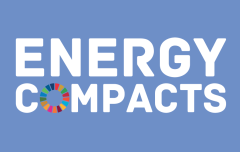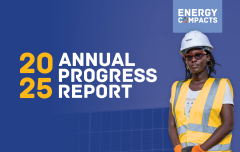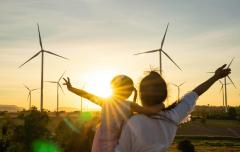Is South East Asia The Hidden Engine Of The Global Energy Transition?
Minerals are a hot topic these days - and for good reason. The energy transition requires an enormous production of Electric Vehicle (EV) batteries, wind-turbine magnets, solar panels, grid infrastructure and much more. And for this, you need a range of different minerals. No surprise then that as the energy transition has accelerated, so has demand for minerals. In fact, the market size for key energy-transition minerals doubled from 115 billion in 2017, to 230 billion USD in 2022.
A region that should have been in the spotlight of the mineral discussion, is South East Asia. Did you know that ASEAN's mineral base includes nearly half of global nickel and a fifth of rare earths - core inputs for EV batteries, wind turbines and solar infrastructure? That Viet Nam hosts one of the biggest rare earth element deposits globally, while bauxite, copper, tin and cobalt are widely distributed across the region? Or that Indonesia alone is the world’s leading nickel producer and the Philippines the second-largest?
Probably not. And the reason is under investment in the region.
Unleash the market
The market sits on the fence, mainly because of two reasons:
- Investors are seeking markets where governments are signalling a strategy to capture value beyond exports, such as smelting, refining and battery production - so called downstream industries.
- ASEAN’s early-stage investment is relatively small compared to the rest of the world, constrained by regulatory complexity, fragmented data and gaps in Environmental, Social and Governance (ESG) implementation.
It's a double loss: The world could face bottlenecks in copper, nickel and rare earths, delaying the energy and climate transition; ASEAN Member States could also lose out on jobs, industrial capability and long-term value creation.
It's not all dark, though.
Between 2020 and 2024, ASEAN Member States attracted over USD 10 billion in foreign direct investment into mining. Yet, in 2024, Indonesia captured more than half of all inflows and Malaysia nearly half again. The reason? They have well-established downstream industries.




